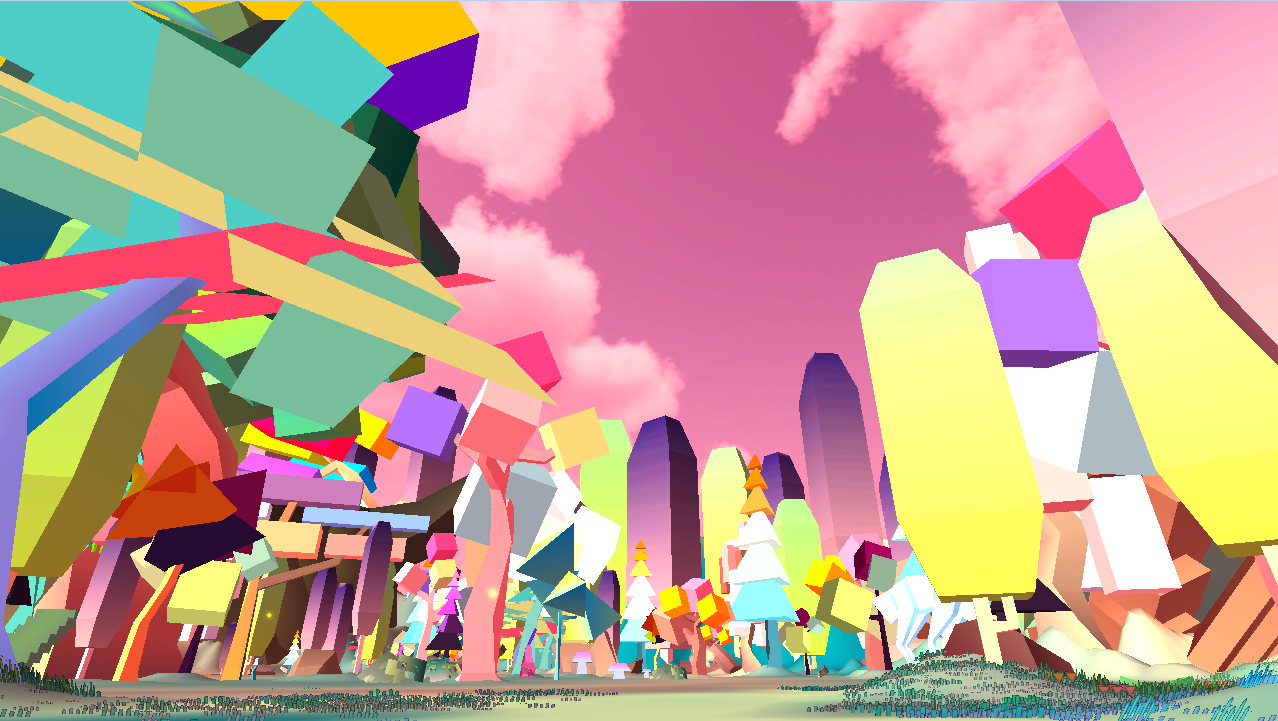

How do you think Kyoto shaped you growing up in ways that Tokyo wouldn’t have? Thinking back on it now, I realize it probably all was a bit different from the norm. We were just using them like normal and I didn’t find anything out of the ordinary about it. Naturally they were often coming by our home, so, like, the everyday dishes we ate our meals with would actually be the work of an artist. My father was involved in the fine art or arts scene in general, so most of his friends were artists, illustrators, sculptors, lots of people like that. My grandfather specialized in shrines and temples.

But there were lots of Shinto shrines, Buddhist temples and statues of Buddha around me, not to mention that my father and grandfather were both photographers. In 1970 they had the Osaka Bankoku Hakuran-kai (Expo ’70), so there wasn’t really any sense that things were different in Kyoto than anywhere else. What was life like in Kyoto in the ’60s and early ’70s?Īt the time I wasn’t thinking about that kind of thing at all. In the 1960s the Tokyo Olympics happened, there was the launch of the Shinkansen, highways sprung up everywhere, there was mass development and from the outside, Japan, and especially Tokyo, looked like the something from the future. You were born in Kyoto in 1960, and Japan in the 1960s was the beginning of this miracle economy. Fans have always been hungry for information about Sato and his mysterious creations, and he spoke to Nick Dwyer as part of the second season of Diggin’ in the Carts on Red Bull Radio, going more in-depth than ever before on his artistic inspirations and intentions

LSD contains more than 500 discrete musical patterns, and overall represents one of the most exhilarating soundtracks of the 32-bit era. It’s easily one of the most experimental titles in the history of video games, and Sato created not only the game itself, but also composed the forward-thinking soundtrack of leftfield electronic music and IDM. LSD was released exclusively in Japan in 1998 for the PlayStation, but it is only over the past decade that people have been discovering the title in earnest. His first game, released in 1994, was called Eastern Mind: The Lost Souls of Tong-Nou, and what came next was something quite unlike anything before or after: LSD: Dream Emulator. In the 1990s, he looked even further afield, to the CD-ROM and the opportunity to create experiences that had never before been seen in video games. Sato is an eclectic artist who has used a number of different mediums to express himself, starting with photography and music before he turned to design. On this episode, he reports his experiences and gives some impressions about what he saw while playing this quirky game.You won’t find many Japanese game creators with subreddits dedicated to the microscopic details of their career, but such is the cult following that Osamu Sato has amassed. The Programmed Music of “Mini Metro” – Interview with Rich Vreeland (Disasterpeace): Īfter learning about the availability of an English patch, Matt decided to play the cult classic weird digital art experiment LSD: Dream Emulator. Learn more about it by listening to the episode!

The sequel to Mini Metro, this time the player must build roads and lead cars to their intended destinations. In a special episode for the #LoveIndies Challenge, Matt played the game Mini Motorways and interviewed the developers behind it, Dinosaur Polo Club. Listen to the Kind Words soundtrack on YouTube (also available on other streaming services): Listen to the episode and find out for yourself if this is the game for you! Matt was bitten by the bug of kindness close to his birthday, so to satisfy that need he turned to the game Kind Words (lo fi chill beats to write to) and wrote some nice things to strangers.


 0 kommentar(er)
0 kommentar(er)
